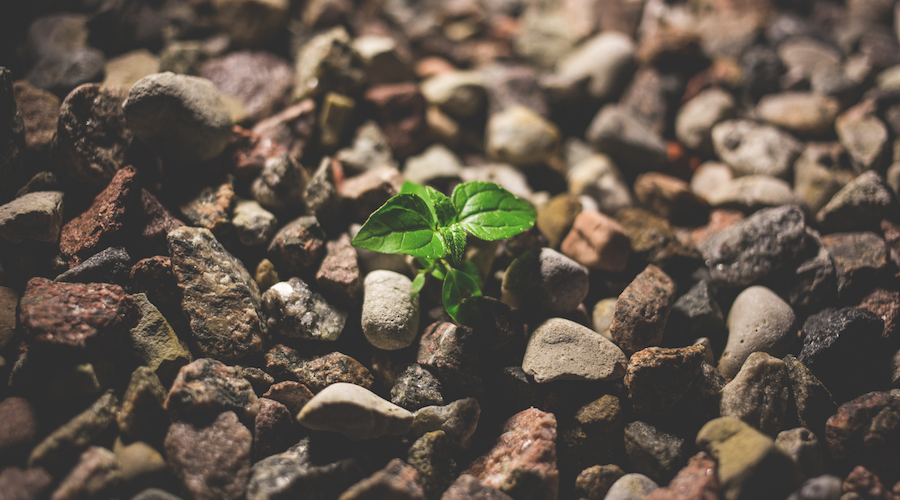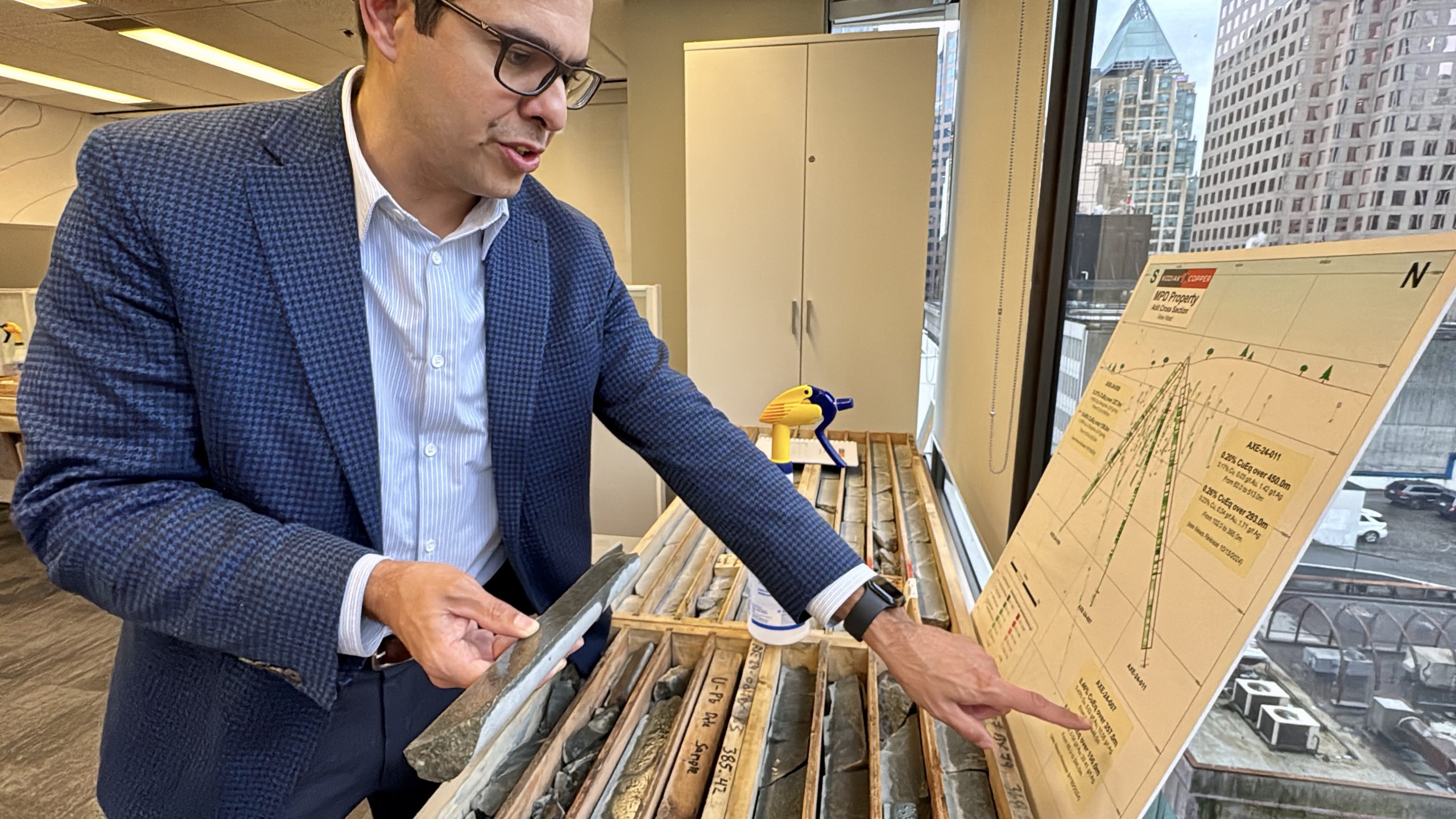Old, large soil stockpiles and mine site restoration

For those who work at a mine site on a day-to-day basis, seeing huge mountains of organic matter aimed at future site reclamation may be a common occurrence that doesn’t provoke much thought. But for Lauchlan Fraser, those mountains represent an unexplored universe ready to be scrutinized.
For a while now, a question has been roaming the mind of the Biology professor: “Can soil from an old, large stockpile still retain viable organics, nutrients and microorganisms for successful site reclamation?”.
Luckily for Fraser, he and his team at Thompson Rivers University have just received funding to look for answers to such a question at some of British Columbia’s mine sites. In the western Canadian province, operators are required to reclaim disturbed land to a defined condition upon mine closure.
“Topsoil is the top ~5 cm layer of soil where most biological soil activity occurs. It is high in organic matter, nutrients and microorganisms. A self-sustaining, fully-functioning terrestrial ecosystem requires a biologically active topsoil.”
“So far we are focused on stockpiles from New Gold’s New Afton mine. We have also discussed the possibility of sampling at Teck’s Highland Valley copper mine, and are in discussions to expand sampling to other mines,” the researcher told MINING.com.
According to Fraser, it is important to look at these soil reserves because some of them can reach heights of 30 metres and sit untouched for decades. “I expect height to matter, at least to a certain degree. I wonder, though, whether there is a threshold height, after which there is little change,” he said.
By analyzing the age and depth of the stockpiles and running DNA sequencing tests on the soil samples they collect, the researchers also want to see if there are any variations in the microbial communities that are key for the restoration of the ecosystems in exhausted mine sites. They anticipate that older, deeper piles will show a reduction in the abundance and diversity of such microbial aggregations.
If this is the case, then Fraser and his team would test a second hypothesis: Is it possible to rejuvenate stockpiled soil at the time of site reclamation? “Perhaps we need to add specific microbes, or another soil amendment such as biosolids, ash or wood chips to encourage microbial development,” he said.
Fraser’s project involves five more people, among them post-doctoral fellows and master students, and it is expected to last for at least five years. Both the federal government and local non-profit Geoscience BC are funding it.
{{ commodity.name }}
{{ post.title }}
{{ post.date }}

Comments